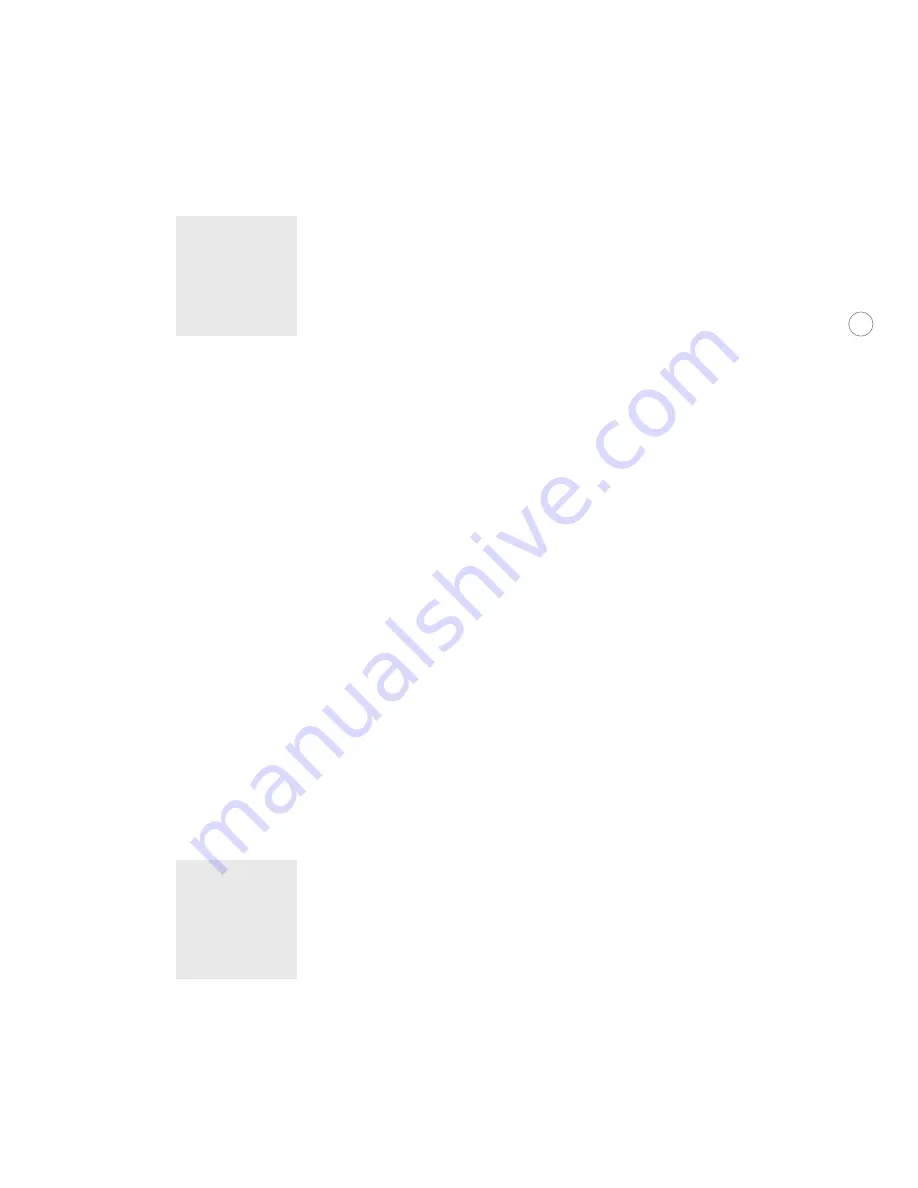
16
3. Choose Window > Stroke.
4. For the Weight, enter a stroke width between 0.6 and 2.0 points. The trap size will be
equal to half this value.
5. Choose Window > Attributes.
6. Select Overprint Stroke.
Note:
If you have done
trapping by
overprinting, you can
use the Appearance
palette to modify or
remove the effect from
your object.
Trapping type can present a unique set of challenges. To trap type, add the Stroke below the
Fill in the Appearance palette (which shows the order the effects are applied) and set the
stroke to overprint using the Attributes palette.
Gradients, mesh objects, and color blends
Raster effects, including drop shadows and feathering, are made using gradients and color
blends and can be difficult for some output devices to print smoothly. To improve the
printed results of gradients, mesh objects, and color blends, follow these general guidelines:
•
Recommend to the graphic artist the guidelines set out in the section, “Printing gradients,
mesh objects, and color blends” in the User Guide. How these effects are defined up front
can have a significant affect on how they are printed.
•
In Effect > Document Raster Effects Settings, set the resolution which determines the
number of pixels per inch (ppi) in the rasterized image to a setting appropriate for the
output device. This is important for print output of raster and transparency effects.
•
Use a line screen low enough for the resolution of the device to retain 256 levels of gray. If
the resolution is 1270, a maximum screen frequency of 79 should be used. At 2400, 150
is the maximum. For details on setting this option, see “Ensuring your resolution/line
screen produces 256 grays” in the User Guide.
•
Make sure that you have selected an appropriate Flatness setting in the Print dialog box.
For details about ensuring your resolution/line screen produces 256 grays and calculating
maximum blend length based on color change, see “Printing gradients, mesh objects, and
color blends” in the User Guide.
Printing Mesh Objects:
PostScript 3 devices optimally print all but the most complex mesh
objects as vector objects. However, when printing to a PostScript Level 2 printer or printing
transparent mesh objects, objects are printed as JPEG images. The resolution of these images
is determined by the Gradient and Mesh Resolution option when you create a transparency
flattener preset. A setting of 300 dpi is sufficient in most cases. It is not necessary to set it to
output resolution.
Note:
When printing to a
PostScript 3 device,
ensure the PostScript
option in the Print
dialog box is set to
Level 3 or printing may
be slowed.
Viewing transparency
Transparency refers to objects that are not 100% opaque, or those that use effects such as
blending modes, soft drop shadows, or feathered edges. Transparency can be applied to an






























